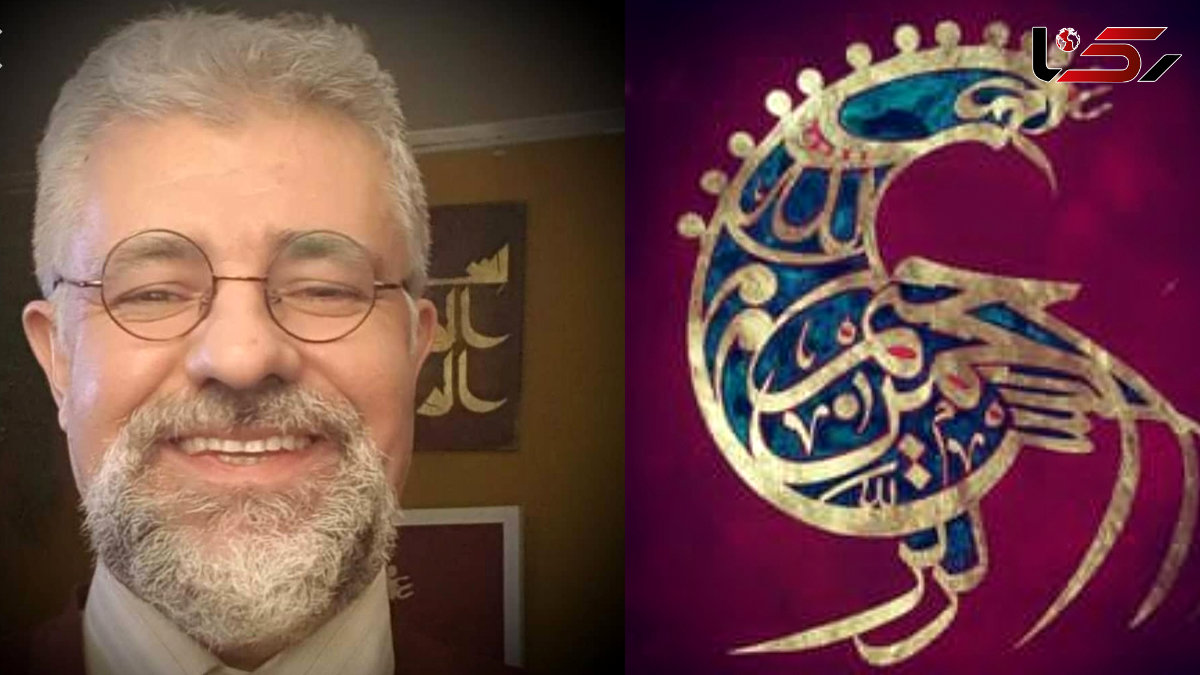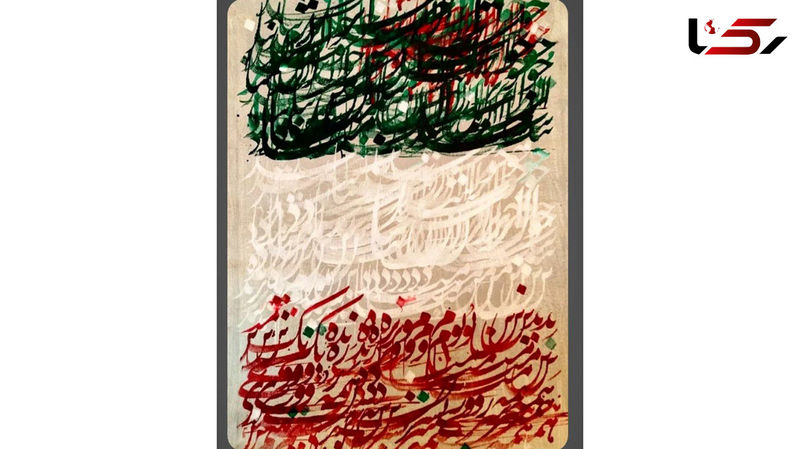Iranian Script; A Symbol of the People’s Identity and the Culture of Iran
Rokna Social Desk: Iranian script is a heritage that is not merely a tool for writing and recording thoughts, but rather a full-length mirror reflecting the culture, history, and identity of a people who, for over a thousand years, have nurtured it with delicacy and passion.

In today’s world, where cultural identities are subject to erosion and media intrusion, Iranian script remains a living and authentic sign of the Iranian nation’s existence; a language that arises from tradition yet connects with the contemporary spirit.
From the earliest examples of Pahlavi and Avestan script to the flourishing of Kufic and Naskh in Islamic Iran, followed by the emergence of magnificent scripts such as Iranian Thuluth, Ta’liq, Nasta’liq, and Shekasteh Nasta’liq, the trajectory clearly shows that Iranians were not only consumers but creators and re-creators of calligraphic forms. Nasta’liq, in particular—founded in the eighth century AH by Mir Ali Tabrizi—unquestionably earned the title of the “bride of Islamic scripts,” for its flexibility, softness, and visual rhythm revealed the essence of the Iranian spirit.
Iranian script is not merely a technical instrument; it is a domain in which the soul of the Iranian people comes alive. When we look at the Divan of Hafez or Ferdowsi’s Shahnameh in handwritten manuscripts, we realize that the scribe and calligrapher are not simply writers of letters, but artists who transform script into image and meaning into embodiment. Here, script and painting, text and image, coexist creatively, elevating Iranian art to a level rarely seen elsewhere in the world.

Throughout history, Iranian script has always played a role beyond the mere recording of words. It has been a carrier of spiritual, mystical, and even political messages. In the Safavid era, mosque walls and palaces were adorned with calligraphy, where Qur’anic verses or Persian poetry were not only religious symbols but also displays of Iran’s power and cultural grandeur. In the Qajar and Pahlavi periods, Iranian script gradually entered the public sphere, gaining a serious presence on signboards, letterheads, and in the press. Today, traces of Iranian script can be seen in contemporary graphic design, in posters, typography, and urban design—evidence that this ancient heritage still possesses the power of creativity and adaptation.
From the perspective of identity, Iranian script functions like a visual flag. Whenever Iranians abroad encounter signs of Nasta’liq or Shekasteh, they are immediately reminded of their homeland and culture. This is the semiotic power of script—the power to revive collective identity and strengthen the sense of belonging.
Yet a vital question arises: in the digital age, where global fonts and Western typographic standards dominate communication spaces, what future lies ahead for Iranian script? This is a crucial question, for if Iranian script remains confined to museums or ancient works, it will gradually drift away from daily life. Its survival depends on being reborn in modern contexts. Fortunately, a new generation of artists and graphic designers in recent years has endeavored to combine traditional script with digital media, creating a new identity for it. Contemporary typography, social posters, and even Iranian logos demonstrate that Iranian script has the potential to enter today’s world, provided it is accompanied by creativity and modern expertise.
It must be acknowledged that Iranian script is not only the guardian of the Persian language but also the custodian of Iranian thought. Every movement of the pen, every elongation and curve, is rooted in Iranian taste and worldview. This script reminds us that beauty is not only in words themselves but also in the manner of their inscription. It is for this reason that in Iranian culture, calligraphy has been considered a sacred art—not merely for ornament, but for the elevation of the human spirit.
Today, more than ever, we need to safeguard Iranian script. It must have a more prominent presence in schools, universities, media, and urban spaces. Just as the Japanese and Chinese have proudly preserved their scripts in all domains, we too must regard Iranian script as one of the pillars of our cultural identity. Let us not forget: if script is weakened, language is harmed; and if language decays, culture and collective identity are endangered.
Iranian script is a living heritage—a legacy that has journeyed from the depths of history to give meaning to our present and future. This script is like a river flowing from the mountains of past culture to the plains of modernity. Protecting it is a collective responsibility, for ultimately, Iranian script is not merely writing on paper, but the signature of the Iranian nation upon the page of history.
By Hossein Norouzi
Send Comments